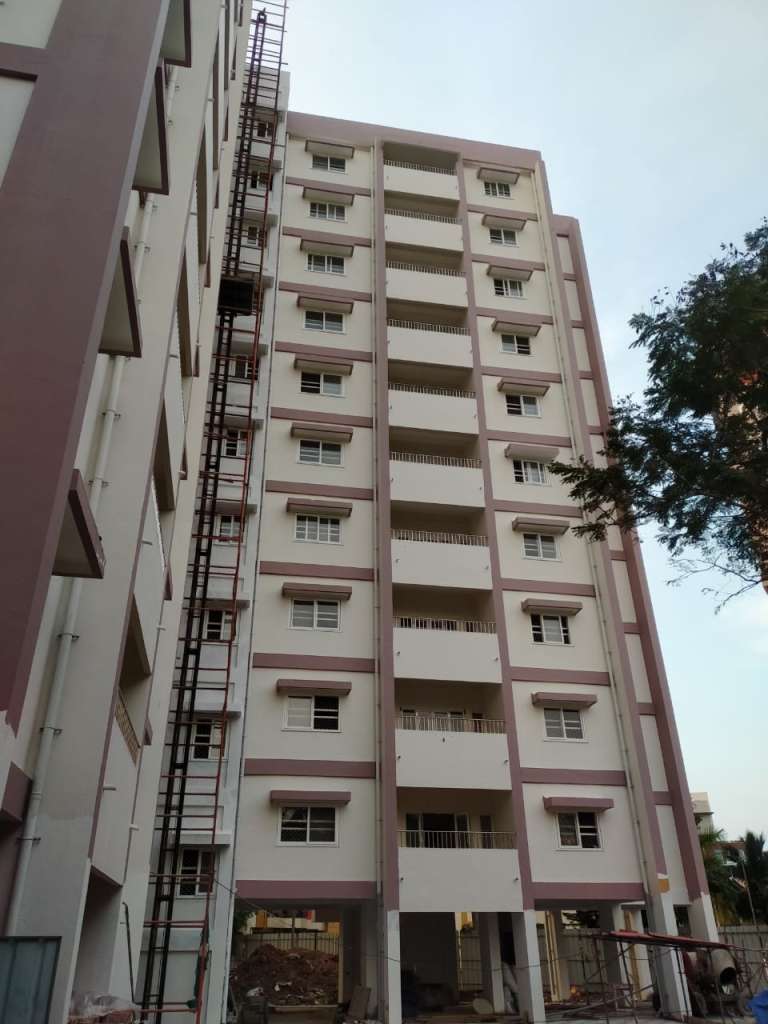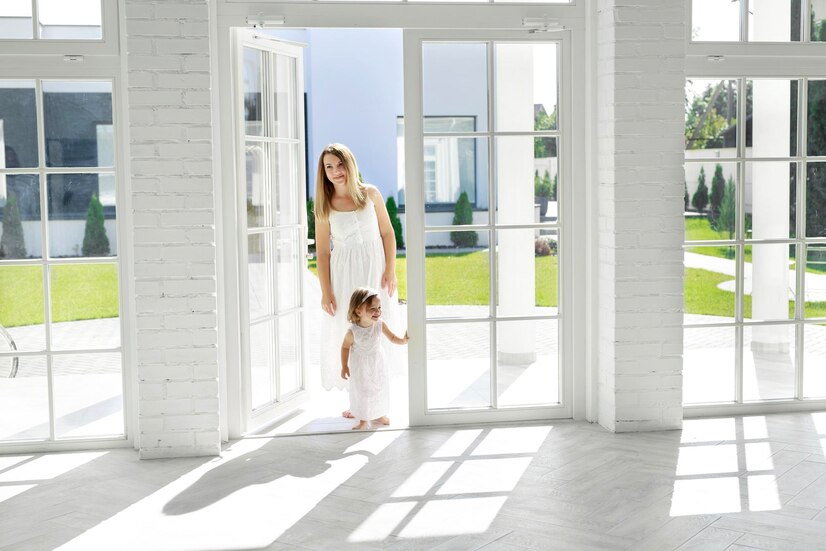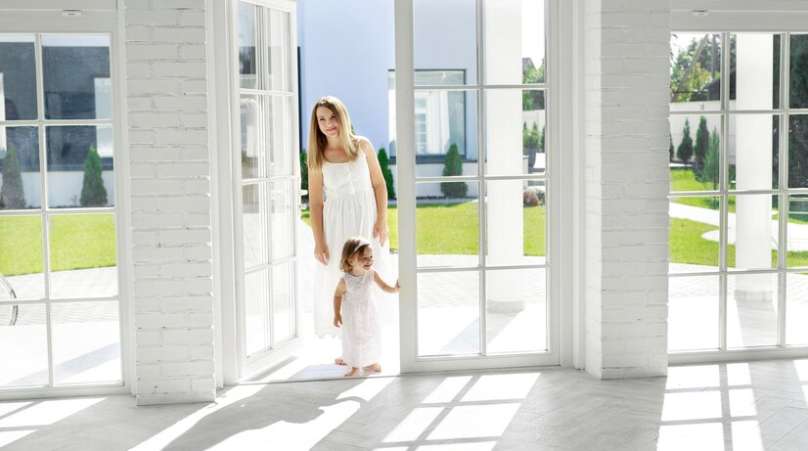Introduction
uPVC windows and Doors – In an era of escalating environmental concerns and escalating energy costs, the quest for sustainable solutions has become paramount. Among the myriad strategies for reducing energy consumption, the role of windows and doors often goes underestimated.
Gone are the days when windows and doors were mere structural components serving aesthetic and functional purposes.
Among the plethora of materials available, uPVC has emerged as a frontrunner, heralding a new era of energy-conscious building practices.

At the heart of the uPVC revolution lies its unparalleled thermal efficiency.
Moreover, uPVC windows and doors offer airtight seals, sealing off any potential avenues for heat exchange or drafts.
Durability and life of uPVC
Furthermore, the durability and longevity of uPVC make it a sustainable choice for energy-conscious consumers. Unlike timber, which is susceptible to rot, decay, and insect infestation, uPVC exhibits remarkable resistance to environmental factors, ensuring enduring performance over decades.
This longevity not only minimizes the need for frequent replacements but also diminishes the environmental impact associated with manufacturing, transportation, and disposal of building materials.
In addition to its thermal properties, uPVC embodies environmental responsibility through its manufacturing process.
Beyond its tangible benefits, the adoption of uPVC windows and doors embodies a broader ethos of sustainability and conscientious living.
Revolutionizing Energy Efficiency
In the realm of sustainable construction, the integration of uPVC windows and doors marks a pivotal advancement towards enhancing energy efficiency and reducing environmental impact. Transitioning from traditional building materials to uPVC represents a significant step forward in the pursuit of sustainable building practices. The exceptional thermal insulation properties of uPVC windows and doors make them indispensable components in modern construction projects. By effectively minimizing heat transfer between indoor and outdoor environments, uPVC installations create a barrier against temperature fluctuations, thereby reducing the need for artificial heating and cooling systems. This not only promotes energy conservation but also leads to substantial cost savings for homeowners and businesses.
Unmatched Thermal Efficiency
One of the most notable advantages of uPVC windows and doors lies in their unmatched thermal efficiency. Unlike conventional materials such as wood or aluminum, uPVC boasts exceptional insulating capabilities, ensuring optimal comfort levels within buildings throughout the year. The airtight seals of It prevent heat loss in winter and heat gain in summer, maintaining consistent indoor temperatures regardless of external conditions. This not only enhances living and working environments but also contributes to significant energy savings over time. Moreover, the durability of uPVC ensures long-lasting performance, minimizing the need for frequent replacements and repairs. As a result, it emerge as cost-effective solutions for achieving sustainable buildings that prioritize energy conservation and occupant comfort.
Environmental Responsibility and Sustainability
Beyond their thermal properties, it embody environmental responsibility and sustainability throughout their lifecycle. The manufacturing process of uPVC requires fewer natural resources and generates minimal waste compared to traditional materials. Additionally, uPVC is fully recyclable, allowing for the repurposing of materials at the end of their lifespan. By choosing uPVC windows and doors, individuals and businesses contribute to the reduction of carbon emissions and the promotion of a circular economy. Furthermore, the resilience of uPVC to environmental factors such as moisture, insects, and UV radiation ensures that these installations maintain their integrity and performance over time, further enhancing their environmental credentials.
Conclusion
In conclusion, the adoption of uPVC windows and doors heralds a paradigm shift in the pursuit of energy conservation within the built environment. With its unrivaled thermal efficiency, durability, and environmental responsibility, uPVC stands as a beacon of hope in the fight against climate change and energy scarcity.
In conclusion, uPVC windows and doors represent a cornerstone in the transition towards sustainable construction practices, offering unparalleled thermal efficiency, durability, and environmental responsibility.

For Digital Marketing Contact Bestowal Infotechs





